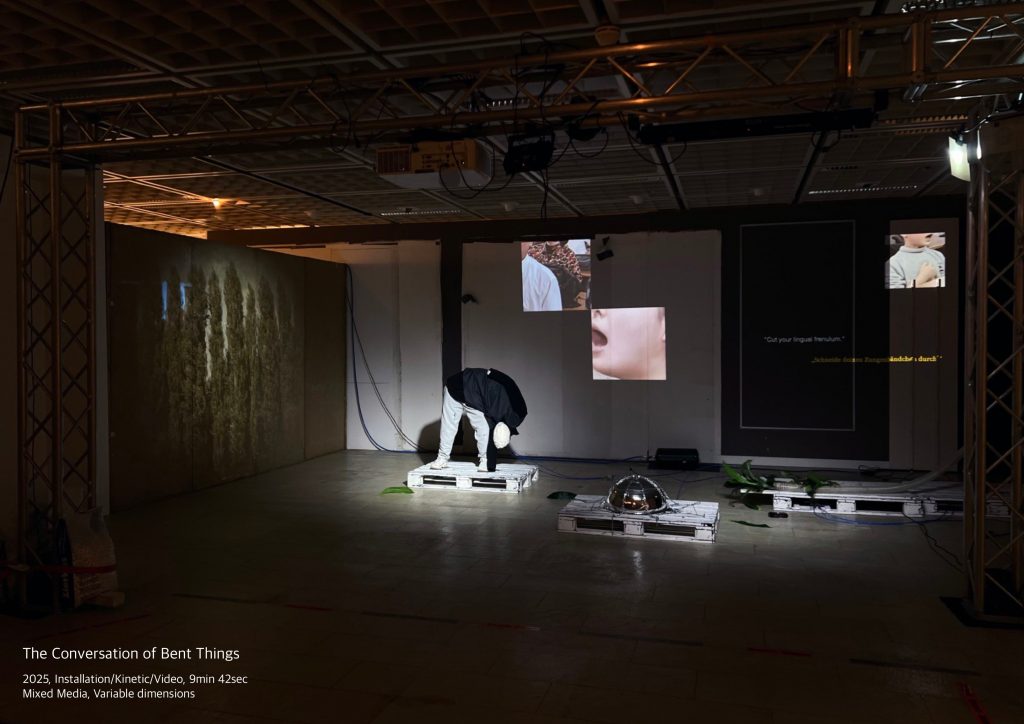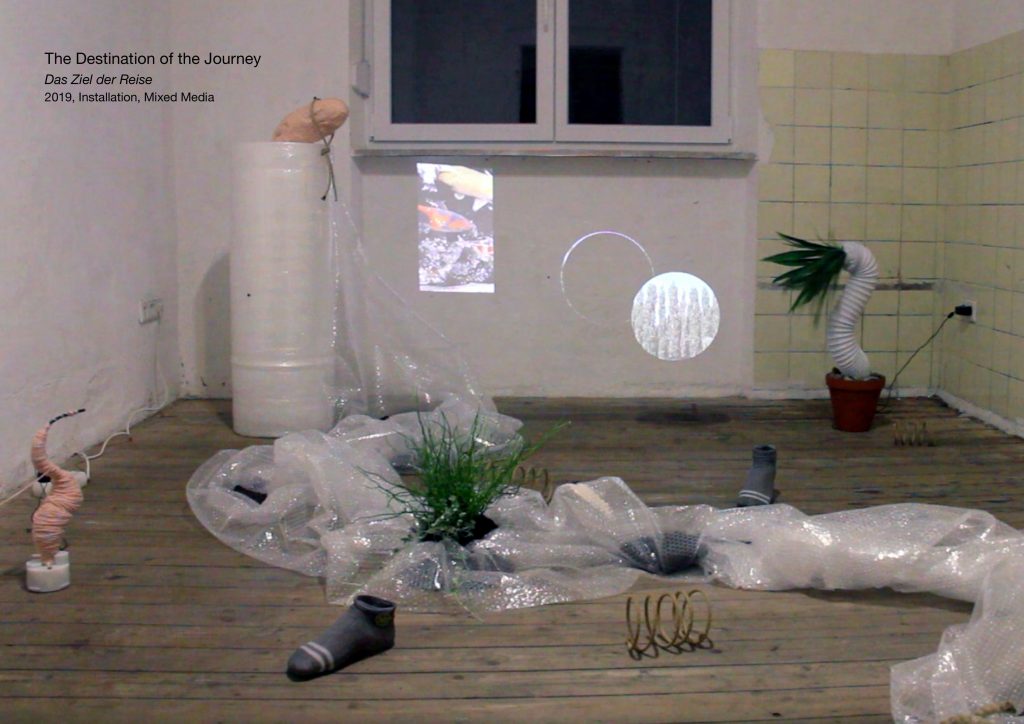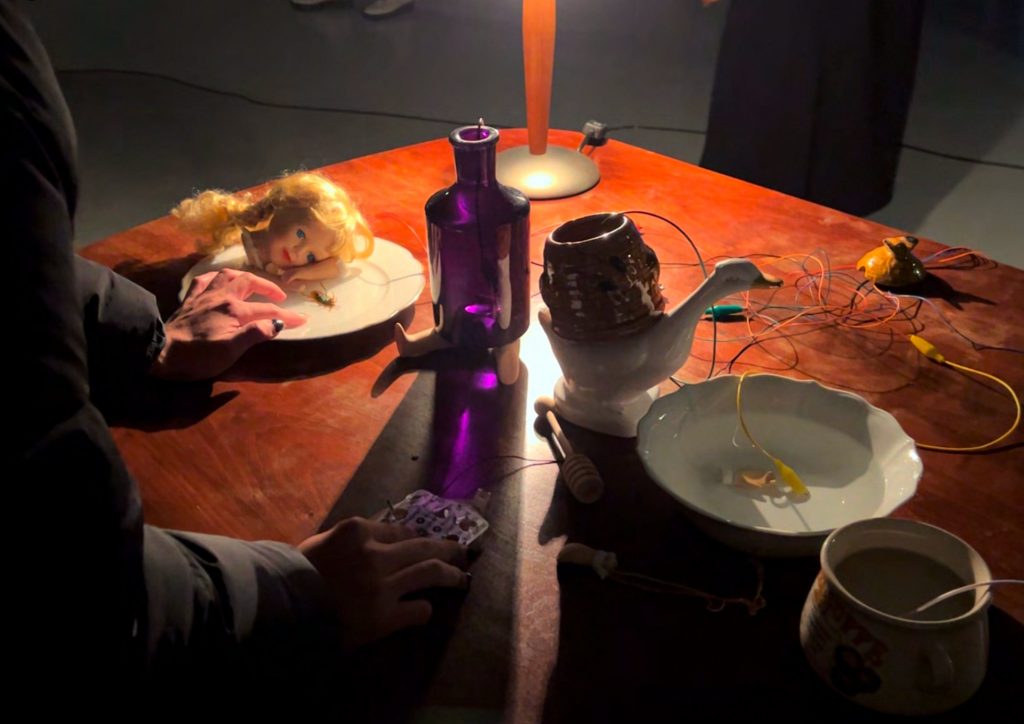Yae in Kim
Over the past decade, Yae In Kim has explored drawing, installation, and media. Currently, Yae In Kim focuses on drawing and ceramics,
delving into psychological states by summoning images from the unconscious. Particularly, through the symbols in her works, Yae In Kim
analyzes the external features that trigger her creative process.
After graduating from university, Yae In Kim pursued an artistic career and moved from Korea to Germany in her mid-20s. While living
in South Korea, she continually questioned fixed gender roles and societal expectations. In order to navigate Korean society, Yae In Kim
concealed her true identity and tried to blend in as a “normal” person. However, her attempts at camouflage were hindered by distinctive
features such as her race and Asian appearance, making it impossible for her to conform to the societal standard.
Germany, Yae In Kim encountered negative experiences, including being perceived as a model minority, an assimilated alien, and facing
Asian xenophobia, which contributed to the complexity of her identity. Over time, living in a foreign country made her realize that she
had become a total stranger in both her homeland, Korea, and her new residence, Germany. This sense of estrangement intensified each
time she traveled between the two countries.
Eventually, Yae In Kim felt like a drifting particle with no fixed belonging, which became a
central theme in her artwork practice.
In this context, when delving into the oeuvre of Yae In Kim, symbols that typically denote aspects of an individual, such as race, religion,
and social gender, are neutralized, and even depictions of the artist as a human figure are intentionally absent.
Within her artworks, violent
imagery is not presented overtly but is subtly implied through metaphorical methods, such as bent tables, pinching walls, and trees being
cut by connecting with springs. Yae In Kim strives for self-emancipation by staging her own ego in her artwork, consequently objectifying
herself or transforming into a materiality referred to as “bent.”
-M.Bang






